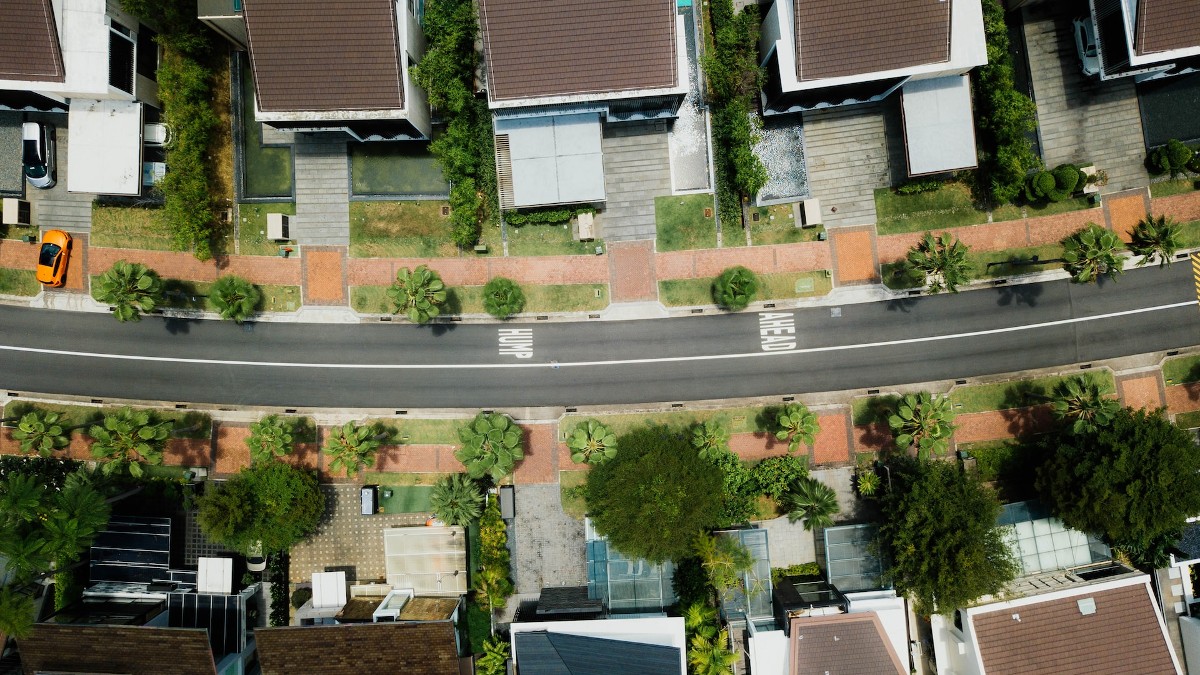The Importance of Drainage for Flat Roofs: What You Need to Know

Flat roofs are a great way to add extra living space, but they come with their own set of challenges. One of the most important considerations when installing a flat roof is proper drainage. Otherwise, it might soon become more like an actual pond. Setting up effective drainage systems may not be at the top of your agenda, but trust us, you definitely don’t want to overlook this crucial factor. It could mean the difference between having a reliable outdoor space and dealing with constant water damage in your home. Let’s take a look at the benefits of flat roof drains explained here.
Prevents Water Damage
Flat roofs are more vulnerable to water accumulation than pitched roofs because they have a limited capacity to channel water away. A flat roof that does not have an adequate drainage system will likely accumulate moisture, which can lead to the growth of mildew and mold. Such growth can make the roof’s surface to deteriorate, which can reduce the roof’s lifespan.
Furthermore, when water accumulates on a flat roof, it can seep through even the smallest holes or cracks and end up in the building’s structure. Over time, this moisture can weaken the roof’s structural integrity, leading to costly repairs or even complete roof replacement.
A good drainage system can help prevent water damage by quickly and efficiently removing water from the roof surface. The drainage system can take the form of scuppers, gutters, downspouts, or a combination of all three. The system should be appropriately designed to handle the amount of water runoff, taking into consideration the amount of rainfall the area experiences.
Improves Energy Efficiency
A flat roof with proper drainage can help to promote energy efficiency in several ways. Firstly, it can prevent costly structural damage by minimizing the risk of pools of water collecting on the roof, which can damage the roofing materials and the underlying structure. This, in turn, can help to prevent leaks and other problems that can reduce the lifespan of the roof, ultimately leading to higher energy costs over time.
In addition, proper drainage can also help to regulate the temperature inside the building by reducing the risk of moisture buildup, mold growth, and other issues that can contribute to heat loss. This can help to maintain a comfortable indoor temperature year-round, ultimately leading to lower energy costs and a more energy-efficient building overall.
Prevents Ice Damming
Preventing ice damming is one of the most significant aspects of flat roof drainage. It is a common problem that arises during the winter season when ice and snow accumulate on flat roofs, potentially causing severe damage to structures. Ice damming occurs when the heat from the building’s interior melts the snow and ice on the roof’s surface. The melted water then flows towards the cooler edges of the roof and freezes, forming a dam.
When water is unable to freely flow off the roof due to the ice dam, it accumulates behind it, seeping underneath the roofing materials and ultimately causing water damage to the interior of the building.
Proper drainage is essential to prevent ice damming on flat roofs. By designing a drainage system that allows water to efficiently flow off the roof, the risk of ice damming can be minimized. Typically, a drainage system consists of gutters and downspouts that channel water away from the roof and into a designated drainage area.
Improve the Roof’s Lifespan
It’s no secret that keeping water off of your flat roof can make a huge impact on extending its life expectancy – what most people don’t realize is how vital drainage becomes in making this happen. The truth is, if you don’t have proper drainage for your flat roof, the materials it’s composed of will start to show signs of wear much faster than expected. To ensure your flat roof continues doing its job for years to come, make sure to invest in proper draining systems; this extra effort can go a long way in improving the longevity of your roof.
With the proper knowledge and maintenance in place, your flat roof can last for years and provide plenty of protection from the elements. Knowing how to install a proper drainage system is just one important step in the overall process but it’s well worth the effort. Taking a little extra time to ensure everything is in order can not only save you money but it can also make sure that your flat roof will remain good as new.
So make sure to take precautions like keeping gutters clean and leaf-free, installing downspouts away from home foundation footings, implementing drains within 30 feet of all low areas of your roof, and maintaining water flow properly with regular inspections. In short – keep an eye out for drainage issues, repair them promptly, and don’t put off maintenance! Whether your flat roof is made of tar or tiles, fine care is key for long-term satisfaction and peace of mind.
